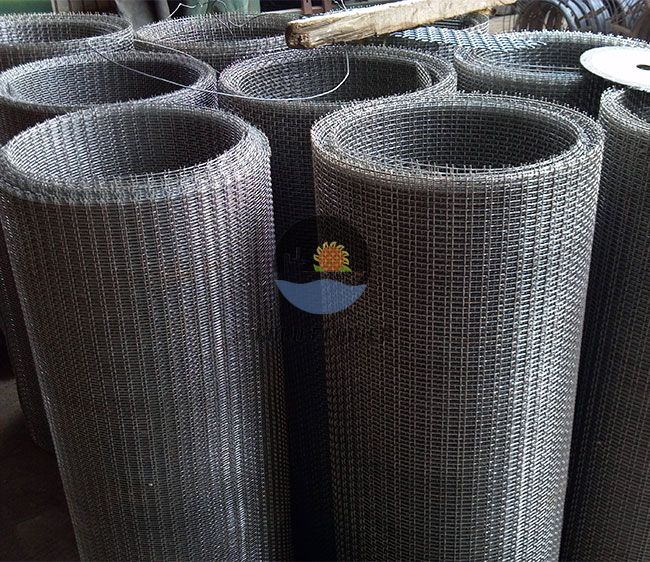May . 09, 2024 09:29 Back to list
Is Wire Mesh Necessary in a Concrete Driveway?
Why Use Wire Mesh In Concrete?
As long as a driveway or parking lot isn't regularly driven on by semi trucks and other heavy vehicles, welded wire mesh will work well. If you're like a lot of homeowners, you might be wondering if you can go without steel reinforcement altogether. While there are some exceptions, reinforcing a driveway is generally worth the investment.
Heavy-gauge welded wire mesh panels are:
- Easy to lay in the desired position
- Exceptionally durable with a high tensile strength
- More affordable than rebar
- Positioned much faster than rebar
- Preassembled
Unlike some rebar grids, you can count on the consistent size and spacing of galvanized wire mesh. Additionally, as the concrete is being poured, stainless steel mesh panels stay in position.
When it comes to concrete, you can't avoid cracks entirely, but wire mesh reinforcement will help hold the material together when they do occur. Also, it will help evenly distribute the weight of cars on your driveway. The added strength of steel is especially crucial if your subgrade isn't up to par.
Oblong Square Crimped Mesh
How Do You Attach Wire Mesh to Concrete?
Whether you're hiring a contractor or are planning to tackle the project yourself, it's helpful to have a general idea of the process. Find the basic steps of reinforcing a concrete driveway below.
-
First, you'll need to install your forms, which will essentially frame the driveway and keep the concrete in place before it sets.
-
Next, you'll use gravel or another fill material to even out the grade.
-
After compacting the fill into the subgrade, it's time to add steel reinforcement.
-
Position the wire mesh about two inches from the forms, using heavy-duty wire cutters to cut the edges as needed. If possible, get wire mesh paneling pre-cut to size so you can lay it directly on top of the fill with minimal adjustments.
-
Once the wire mesh is in place, you can pour the concrete, flatten it, level it, and then cure it.
share
-
The Industrial Excellence of Stainless Steel Mesh Cloth
NewsAug.13,2025
-
Superior Performance and Versatility of 304 Stainless Steel Wire Mesh
NewsAug.13,2025
-
Shaping Global Industries with Precision Mesh Solutions
NewsAug.13,2025
-
Industrial Filtration, Reinvented for Performance and Precision
NewsAug.13,2025
-
Enhancing Air Quality with Advanced Air Filters
NewsAug.13,2025
-
Elevate Festive and Event Decor with Premium Deco Mesh
NewsAug.13,2025


